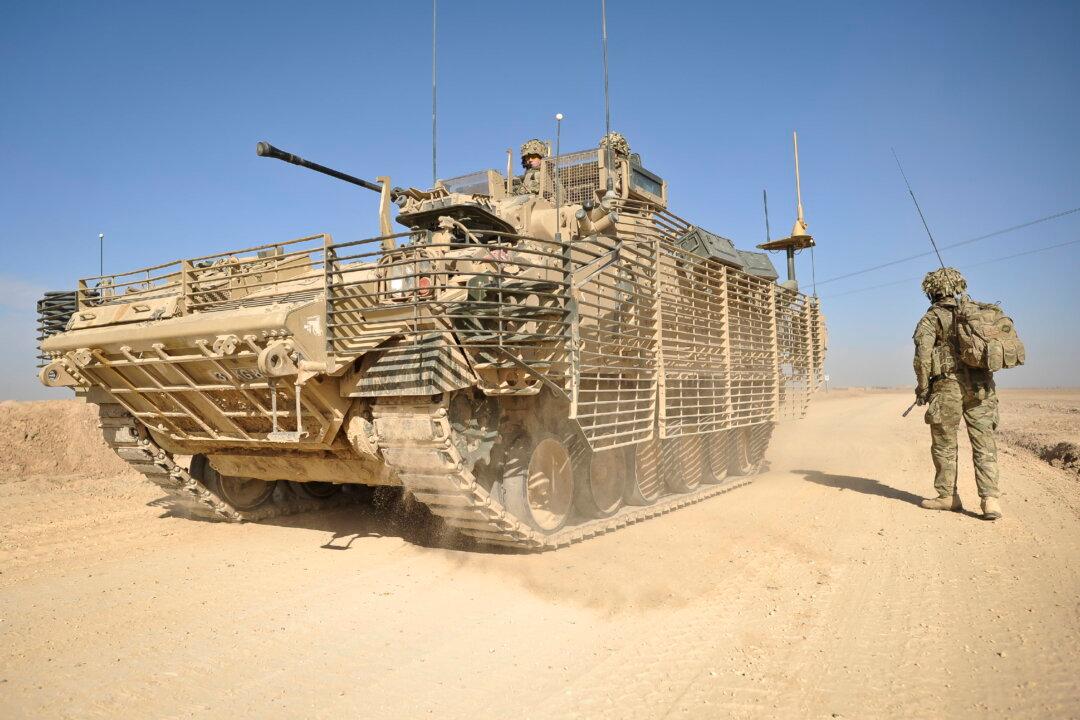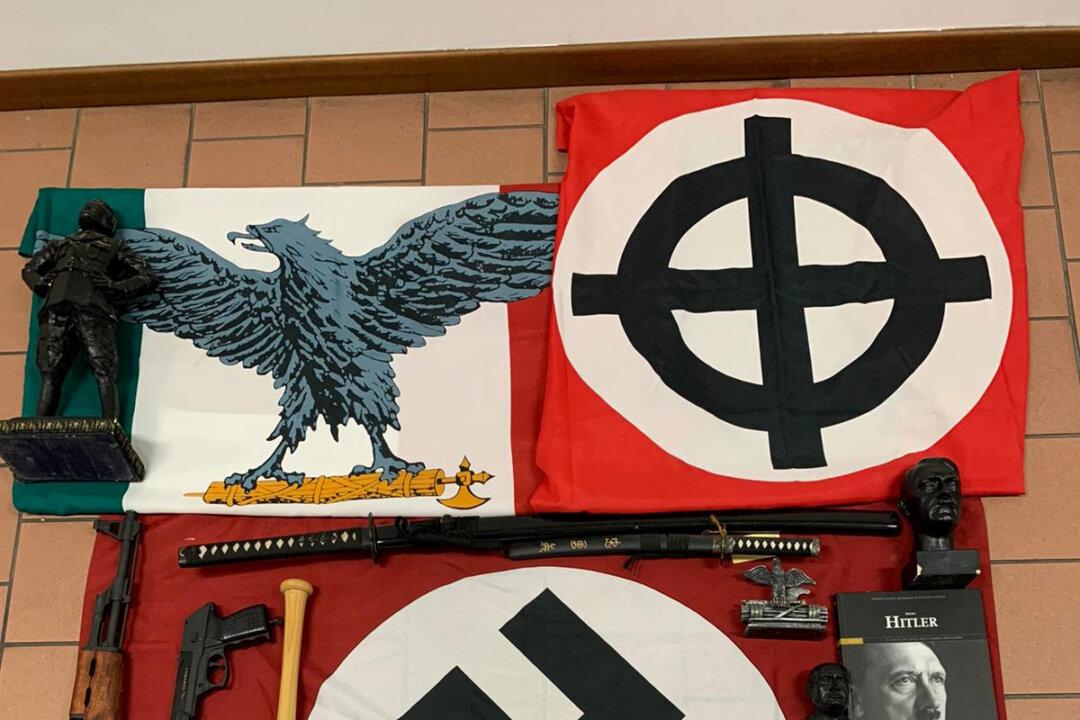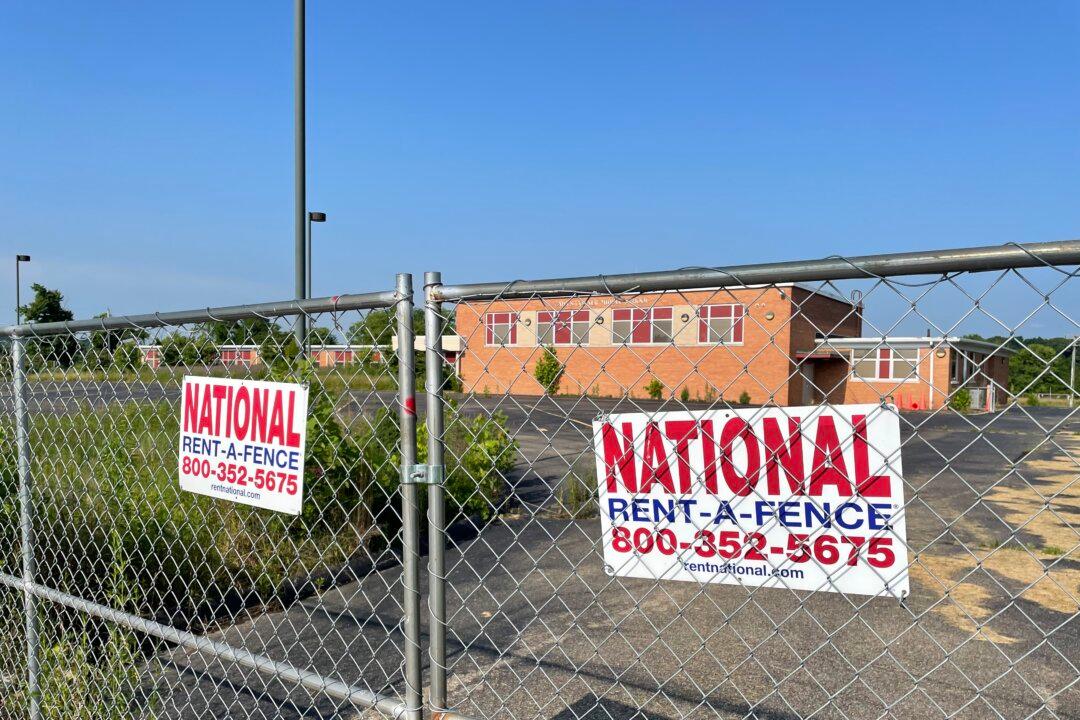The special inspector general for Afghanistan reconstruction (SIGAR) says he can’t account for a significant amount of cash that was handled by the now-defunct Afghan government, although he did cast doubt on Russian reports that the country’s former president fled with $169 million as his U.S.-backed regime collapsed in August 2021.
John Sopko revealed those details in his June 7 interim report to Congress, which sought answers about the U.S. weaponry, cash, and other resources left in Afghanistan after the U.S. military withdrawal from the country.




